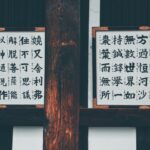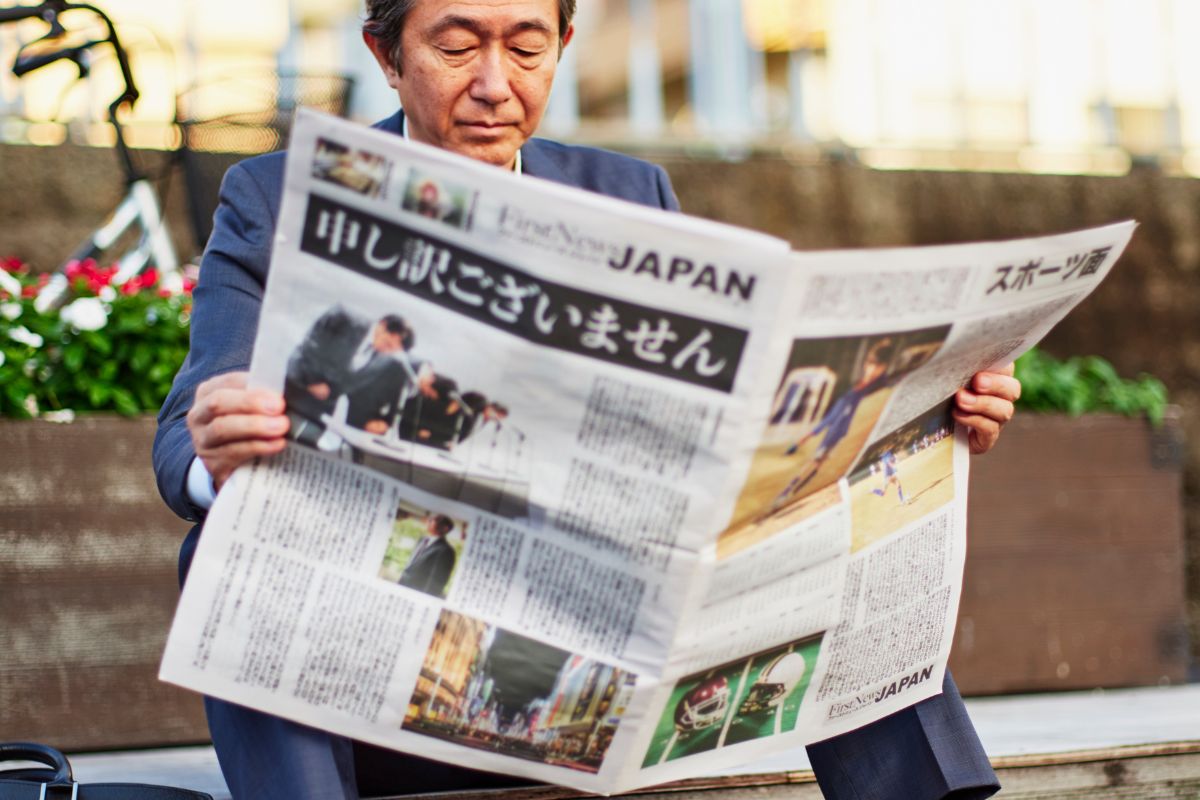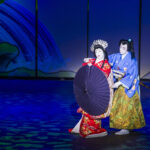Haiku poetry is a traditional Japanese form of poetry that has gained immense popularity worldwide.
Known for its simplicity and elegance, haiku is a compact form of expression that captures a moment in time and evokes emotions through carefully chosen words.

In this blog post, we will delve into the world of haiku poetry, exploring its history, structure, and the art of crafting meaningful haiku poems.
Whether you are a seasoned poet or a beginner, this guide aims to provide you with valuable insights and practical tips to enhance your understanding and mastery of haiku poetry.
The Origins and Evolution of Haiku
So, let’s start off by taking a trip down memory lane so we can understand the origins and evolution of Haiku.
The Birth of Haiku
Haiku’s origins can be traced back to the 17th century, during Japan’s Edo period. It evolved from an older form of poetry called “hokku,” the starting verse of a collaborative linked-verse poetry style known as “renga.” The hokku typically set the tone for the renga, often highlighting the season or natural setting.
In time, hokku started to be appreciated for its own merit, leading to its evolution into an independent poetry form that we now know as haiku. This transformation was influenced by a shift in societal and cultural norms during the Edo period, with a growing appreciation for individual artistic expression and a focus on everyday life and nature.
The Haiku Masters
No discussion of haiku can be complete without mentioning the haiku masters – Matsuo Bashō, Yosa Buson, and Kobayashi Issa.
- Bashō (1644-1694), often considered the father of haiku, transformed the form by imbuing it with a depth of feeling and a focus on natural simplicity.
- Buson (1716-1784) is known for his vivid, painterly imagery.
- Issa (1763-1828), the last of the three, is renowned for his relatable and sometimes humorous observations of everyday life.
These masters left an indelible mark on haiku, influencing its philosophical underpinnings and refining its aesthetic principles.
Haiku in the Modern Era
Haiku crossed the borders of Japan in the 19th century, gaining popularity in the West, particularly in the U.S. and Europe. While maintaining its brevity and focus on the moment, the form was adapted to suit different languages and cultures, sometimes deviating from the traditional 5-7-5 syllable structure.
Today, haiku remains a vibrant form of expression. From the traditional pen-and-paper approach to the use of digital platforms like social media, haiku continues to evolve, reaching and inspiring a global audience.
The Essence of Haiku
Now you know how it all started, but what should you expect from a Haiku poem?
Themes and Subjects
Traditional haiku often focuses on themes like nature, the changing seasons, and the human experience. The essence of haiku lies in its ability to capture a fleeting moment or a simple yet profound observation.
The 5-7-5 Structure
A classic haiku consists of three lines and 17 syllables, divided into a 5-7-5 pattern. This structure is not merely a constraint but a tool to create rhythm and intensity.
Kireji and Kigo
Two essential elements in traditional haiku are the kireji, or “cutting word,” and the kigo, or “seasonal word.” The kireji serves as a kind of verbal punctuation, creating a pause or emotional shift. The kigo anchors the poem in a particular season, adding depth and temporal context.
Some of the Most Famous Haiku Poems to Read
Here are a few examples of famous haiku poems for you to enjoy:
Matsuo Basho
An old silent pond…
A frog jumps into the pond—
Splash! Silence again.
Yosa Buson
Winter solitude—
in a world of one color
the sound of the wind.
Kobayashi Issa
Don’t worry, spiders,
I keep house
casually.
Masaoka Shiki
An iris bloom,
reflected in water—
a dragonfly’s wings.
Yosa Buson
The light of a candle
is transferred to another candle—
spring twilight.
Matsuo Basho
The summer’s grass—
all that remains
of warriors’ dreams.
Kobayashi Issa
In this world
we walk on the roof of hell,
gazing at flowers.
These haiku poems showcase the traditional style of the form, which typically consists of three lines with a syllable pattern of 5-7-5. Haiku often capture a moment in nature and convey a deeper meaning or emotion within a concise structure. Enjoy exploring the beauty and simplicity of haiku!
Crafting Haiku: Techniques and Tips
- Observation and mindfulness – The first step to writing a haiku is to develop a keen sense of observation and mindfulness. It’s about capturing moments as they unfold and finding beauty in the mundane.
- Imagery and sensory language – Creating vivid imagery and invoking sensory language are key to effective haiku. The aim is to engage the reader’s senses, transporting them to the moment captured in the poem.
- The economy of words – Given its brevity, every word in a haiku must count. This requires skillful use of language to convey profound meanings with limited words.
- Emotional impact – A great haiku leaves a lasting emotional impact on the reader. It doesn’t tell how to feel but shows something that naturally evokes emotion.
- Experimentation and evolution – Experimenting with structure, themes, and styles can lead to a unique voice in haiku. The aim is to respect traditional norms while letting personal expression shine through.
Where to Learn About Haiku Poetry in Japan
If you’re interested in learning more about haiku poetry in Japan, there are several places where you can immerse yourself in its history and practice. Here are a few suggestions:
Museums and Cultural Institutions
Visit museums dedicated to haiku, such as the Basho Memorial Museum in Iga or the Shiki Museum of Haiku Literature in Matsuyama. These museums offer exhibitions, workshops, and educational resources on haiku.
Haiku Workshops and Events
Look for haiku workshops and events held in various cities across Japan. These workshops are often led by experienced haiku poets who can teach you the techniques, aesthetics, and philosophy behind haiku. Many cities, including Tokyo and Kyoto, have haiku clubs or societies that organize regular meetings and events.
Haiku Masters’ Homes and Gardens
Some haiku masters’ homes have been preserved as historical sites and are open to the public. You can visit these places, such as the Basho-an in Tokyo or the Issa Memorial Hall in Nagano, to gain insights into the lives and works of renowned haiku poets.
Haiku Festivals
Attend haiku festivals, such as the Matsuo Basho Festival in Ueno, Iga Ueno Haiku Contest in Iga, or the Hailstone Haiku Circle’s events. These festivals often feature haiku competitions, readings, performances, and opportunities to interact with haiku enthusiasts.
Haiku Associations and Organizations
Connect with haiku associations like the Haiku International Association or the Haiku Society of America. These organizations provide resources, publications, and networking opportunities for haiku enthusiasts, both in Japan and internationally.
Final words
Haiku poetry, with its rich history and deep-rooted principles, offers us a chance to see the world from a fresh perspective. As you embark on your journey of haiku writing, remember it’s about capturing moments and evoking emotions. Enjoy the process, keep experimenting, and let your creativity soar. Happy haiku writing!
- Writing & Understanding Haiku Poetry - May 25, 2023
- Shinkansen Bento: A Guide to the Delicious Train Station Box Lunches - May 25, 2023
- What is Takoyaki? - May 25, 2023








